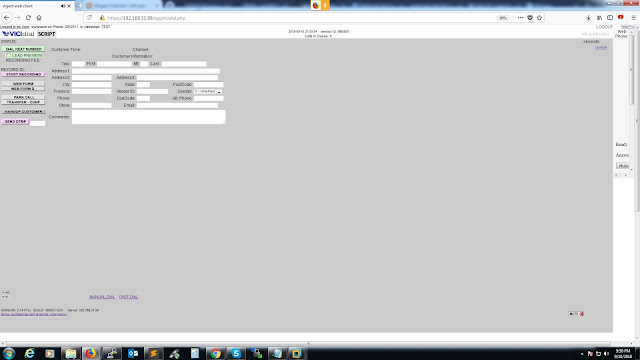Here is a cheat sheet of common Excel formulas with examples:
Mathematical formulas
- SUM: Adds a range of cells. Example:
=SUM(A1:A10) - AVERAGE: Calculates the average of a range of cells. Example:
=AVERAGE(A1:A10) - COUNT: Counts the number of cells in a range that contain numbers. Example:
=COUNT(A1:A10) - MAX: Returns the largest value in a range of cells. Example:
=MAX(A1:A10) - MIN: Returns the smallest value in a range of cells. Example:
=MIN(A1:A10)
Logical formulas
- IF: Returns a value if a condition is met, otherwise returns a different value. Example:
=IF(A1>100, "Large", "Small") - AND: Returns TRUE if all conditions are met, otherwise returns FALSE. Example:
=AND(A1>100, B1>50) - OR: Returns TRUE if any condition is met, otherwise returns FALSE. Example:
=OR(A1>100, B1>50) - NOT: Reverses the truth value of a condition. Example:
=NOT(A1>100)
Date and time formulas
- TODAY: Returns the current date. Example:
=TODAY() - NOW: Returns the current date and time. Example:
=NOW() - DATE: Returns a date value from a specified year, month, and day. Example:
=DATE(2023,10,14) - TIME: Returns a time value from a specified hour, minute, and second. Example:
=TIME(12,00,00)
Other useful formulas
- VLOOKUP: Looks up a value in a table and returns the corresponding value in another column. Example:
=VLOOKUP(A1,B2:C10,2,FALSE) - COUNTIF: Counts the number of cells in a range that meet a specified condition. Example:
=COUNTIF(A1:A10,">100") - SUMIF: Adds the values in a range of cells that meet a specified condition. Example:
=SUMIF(A1:A10,">100",B1:B10) - CONCATENATE: Combines two or more text strings into one. Example:
=CONCATENATE("Hello", " ", A1)
These are just a few of the many Excel formulas available. For a more comprehensive list, please see the Microsoft support website.


0 comments:
Post a Comment